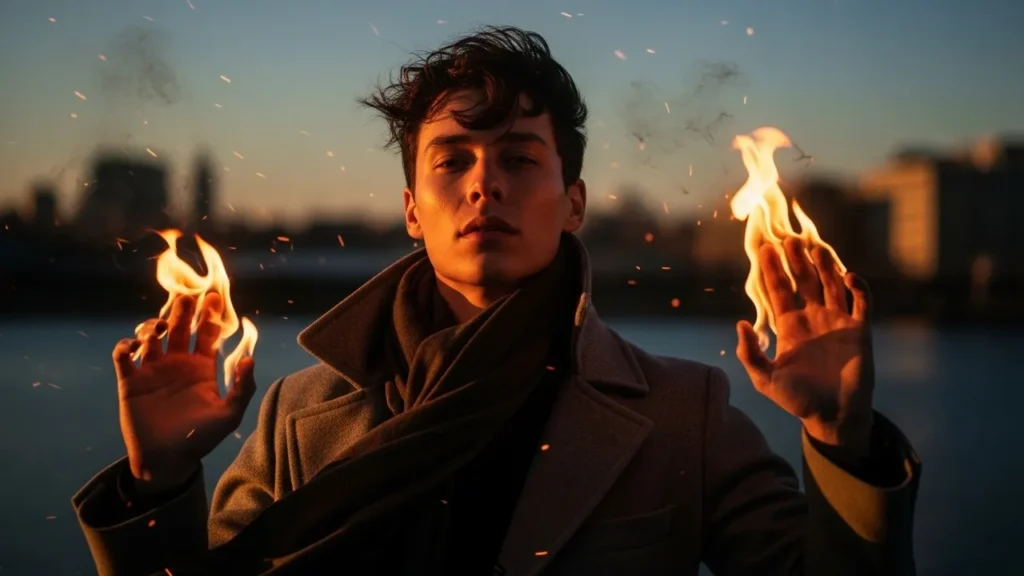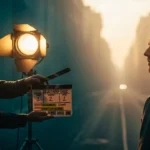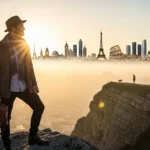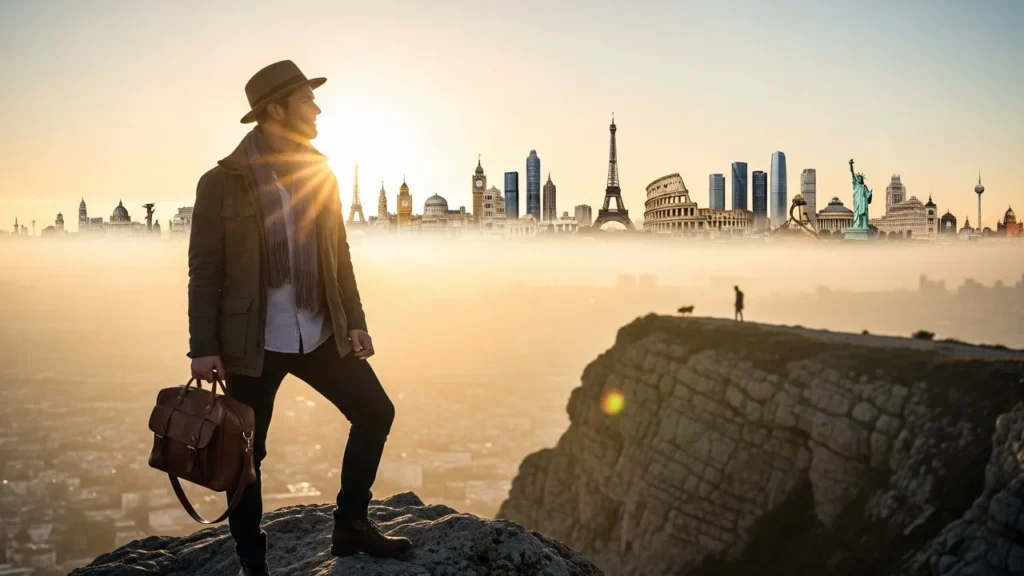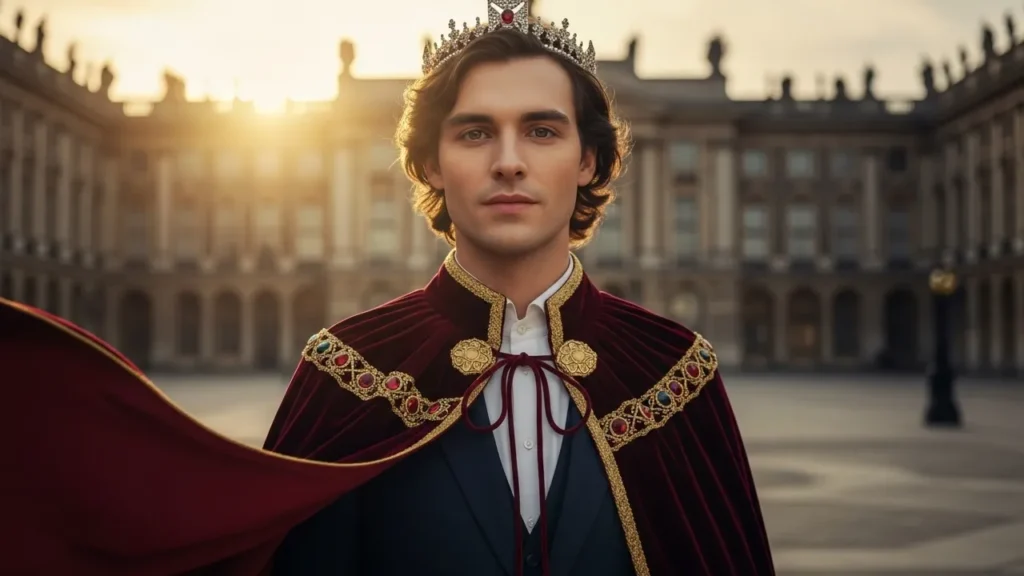Lighting and color: the secret recipes
Lighting makes or breaks this effect. Golden hour tones flatter skin and mimic real fire glow. Start with a warm key light, then add a cooler fill to keep shadows interesting. Use backlighting to create a halo around hair and shoulders. Think layers: a warm rim, a soft front fill, and subtle ambient haze. Color grading is crucial — push oranges and ambers, but keep skin natural. Don’t oversaturate. A slight film grain and vignette will ground the scene. In prompts, mention “cinematic light,” “rim lighting,” and “golden hour” together. These phrases steer the image toward believable warmth while preserving clarity. The result feels vivid and editorial, not synthetic.
Styling, wardrobe, and emotion
Clothing tells the story. Lightweight fabrics catch flame-like highlights. Leather and metallic accents reflect ember light nicely. Ask for wind-swept movement in clothing to suggest energy without real hazard. The subject’s expression should be composed — a face that reads strength or quiet awe elevates the scene. Small details matter: a faint smudge of ash on a fingertip, a hair strand backlit by glow, a cuff catching light. These elements create authenticity. When writing prompts, include descriptors like “editorial wardrobe,” “textured fabric,” and “subtle movement.” That combination keeps the image stylish and emotionally resonant, perfect for discover-friendly features.
Five quick Gemini prompts to try
Below are short, punchy prompts you can paste into Gemini-style image tools. Keep them tidy and focused — each phrase guides lighting, mood, and detail for the standing-in-fire look.
- “Portrait, ultra realistic, rim-lit, golden hour, gentle embers, editorial pose.”
- “Cinematic lighting, shallow depth of field, wind-swept fabric, photorealistic skin.”
- “Subject calm, soft bokeh, amber highlights, subtle smoke, high detail.”
- “8k editorial look, natural skin tones, dramatic backlight, floating embers.”
- “Golden hour glow, texture-rich wardrobe, cinematic composition, shallow DOF.”
Composition and post tips for realism
Composition anchors the idea. Place the subject off-center for drama. Let negative space hold the implied heat. Add foreground particles to sell depth. In post, subtly increase warmth in highlights, add selective blur to distant elements, and paint tiny glowing specks near edges. Use dodge and burn sparingly to enhance form. Never overdo the effect. The best images whisper rather than shout. If you want motion, animate tiny sparks on loop for social clips. These finishing moves make the portrait feel editorial and immersive, ideal for magazine-style placements and high-engagement discovery feeds.
Safety, ethics, and creative boundaries
Portrayal matters. Always avoid instructing anyone to pose in real flames. This look is a stylistic illusion. Use generated imagery or safe props to evoke heat. Be transparent where necessary about staged elements without using forbidden labels in headlines. Respect subjects’ comfort and consent, especially when styling intense scenes. Creativity thrives within safe limits. When you share results, focus on the craft — lighting, color, composition — so others can learn the technique without risking harm. Good prompts empower great visuals without real-world danger.
Final note: experiment with small tweaks — a brightness nudge, a new fabric, a softer expression — and you’ll discover distinct moods from the same base prompt. Keep copies of prompts that worked and iterate slowly. That’s how a consistent, high-quality feed is built.
These photo prompts are for creative and entertainment use only.
